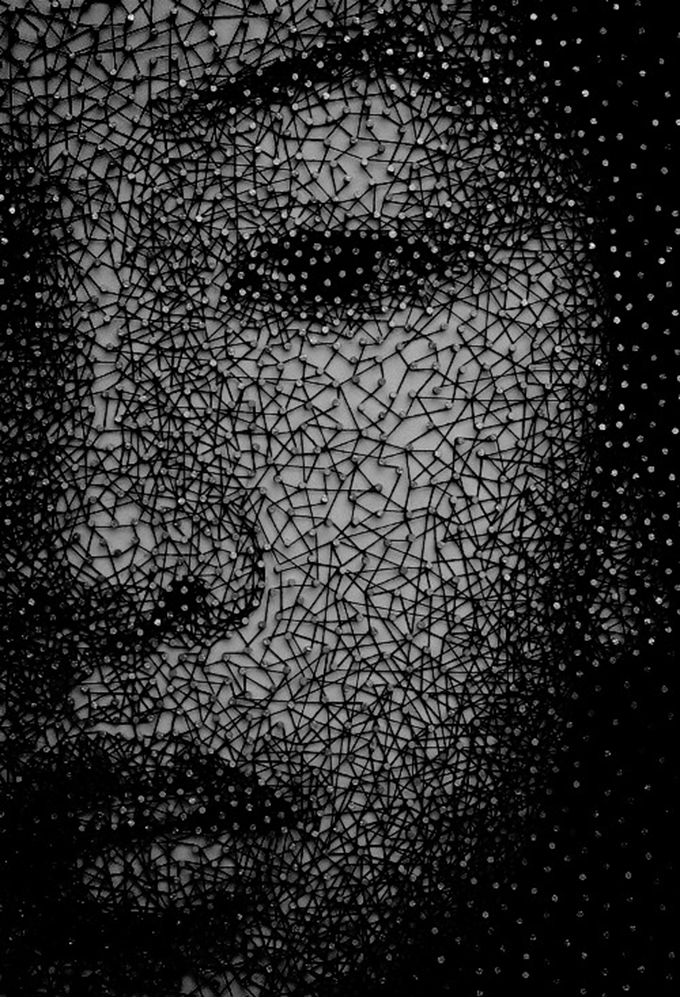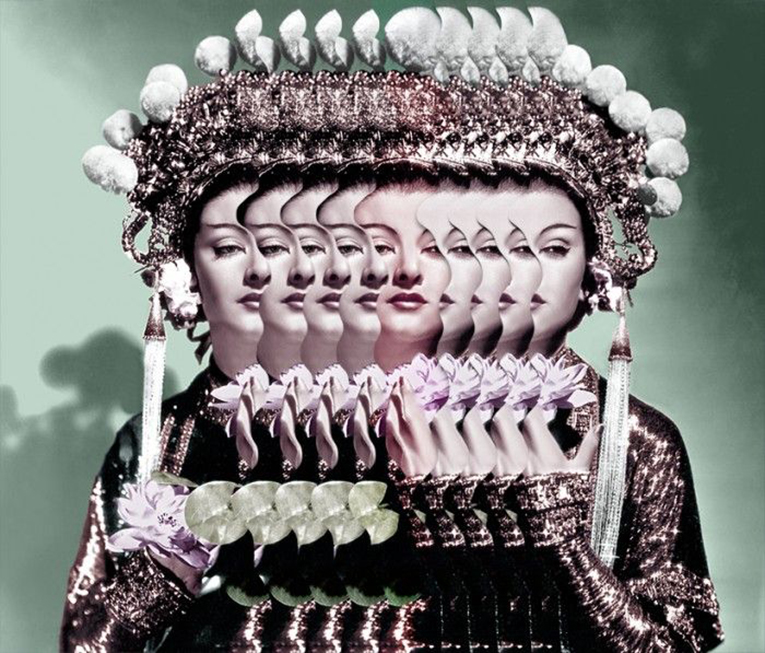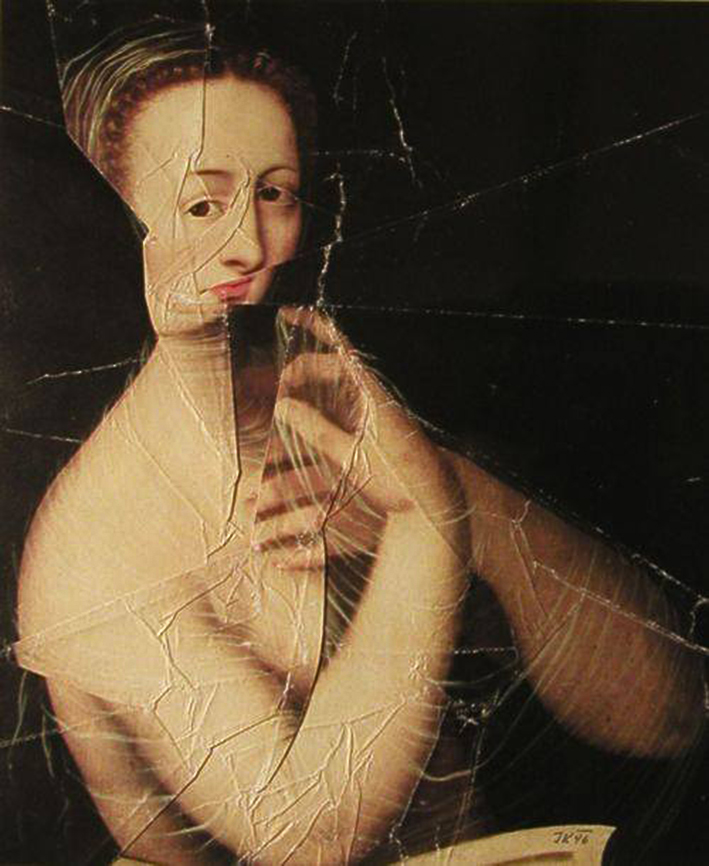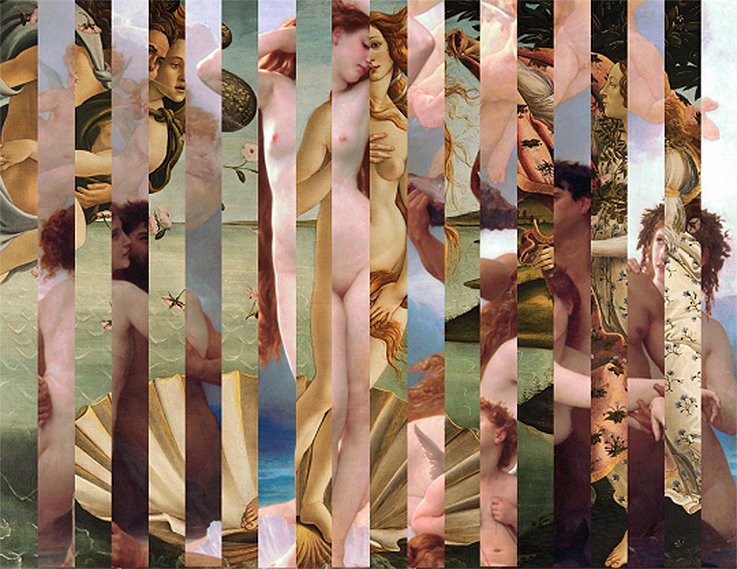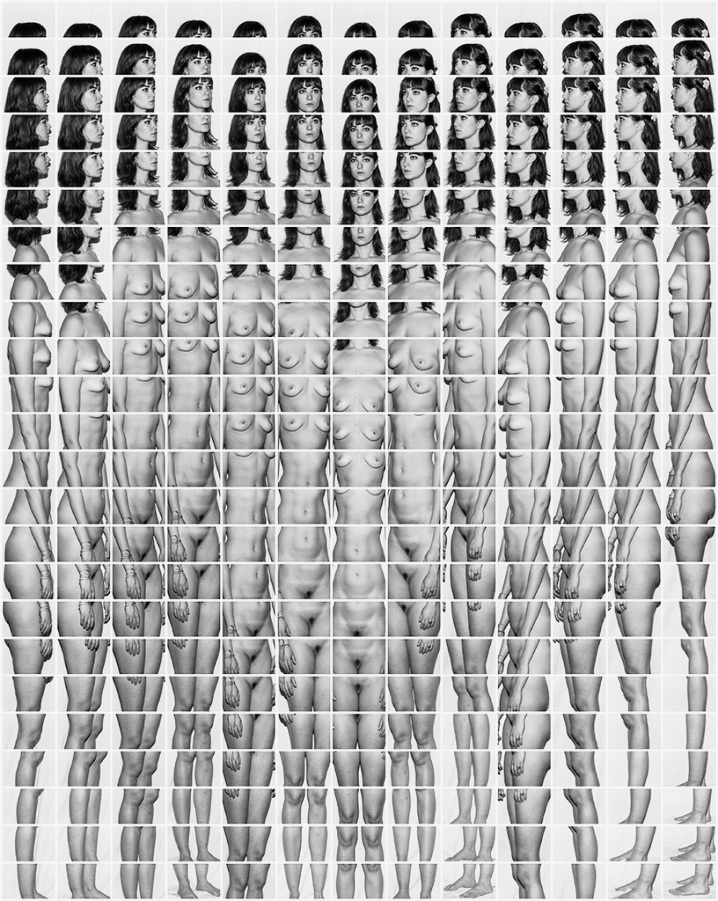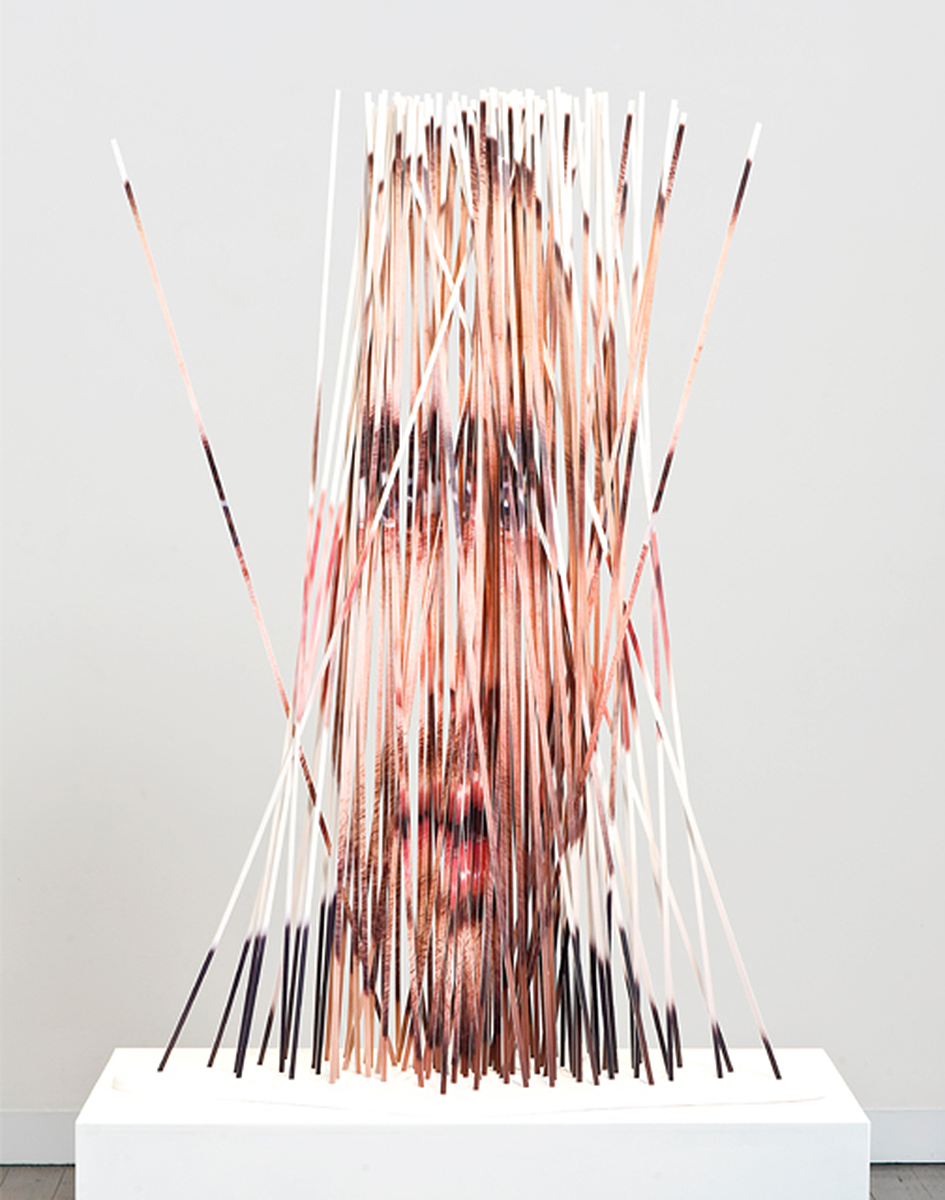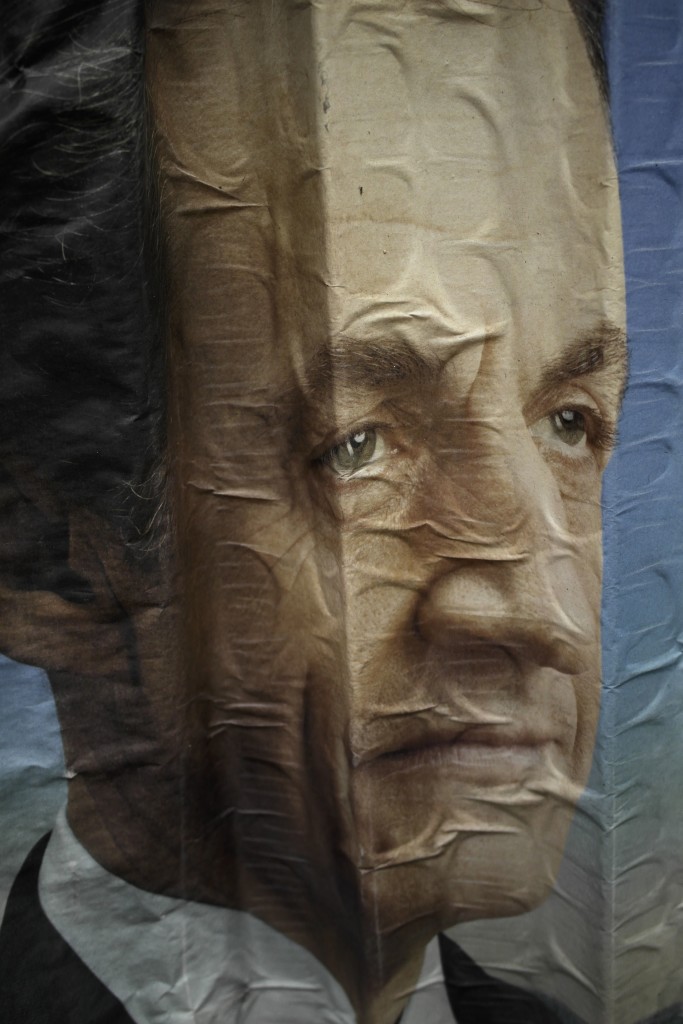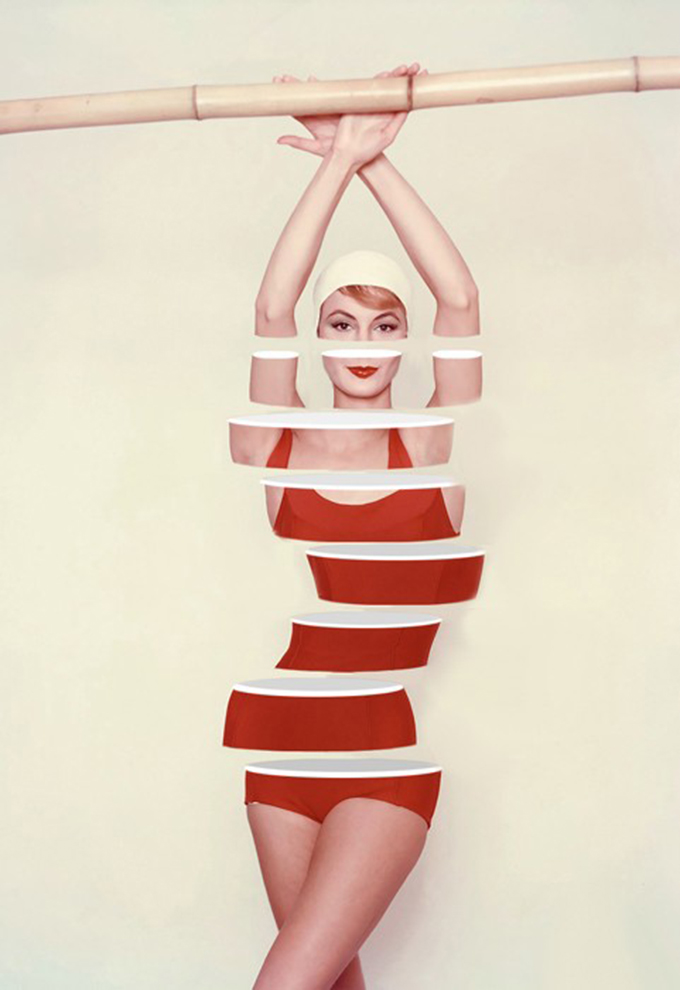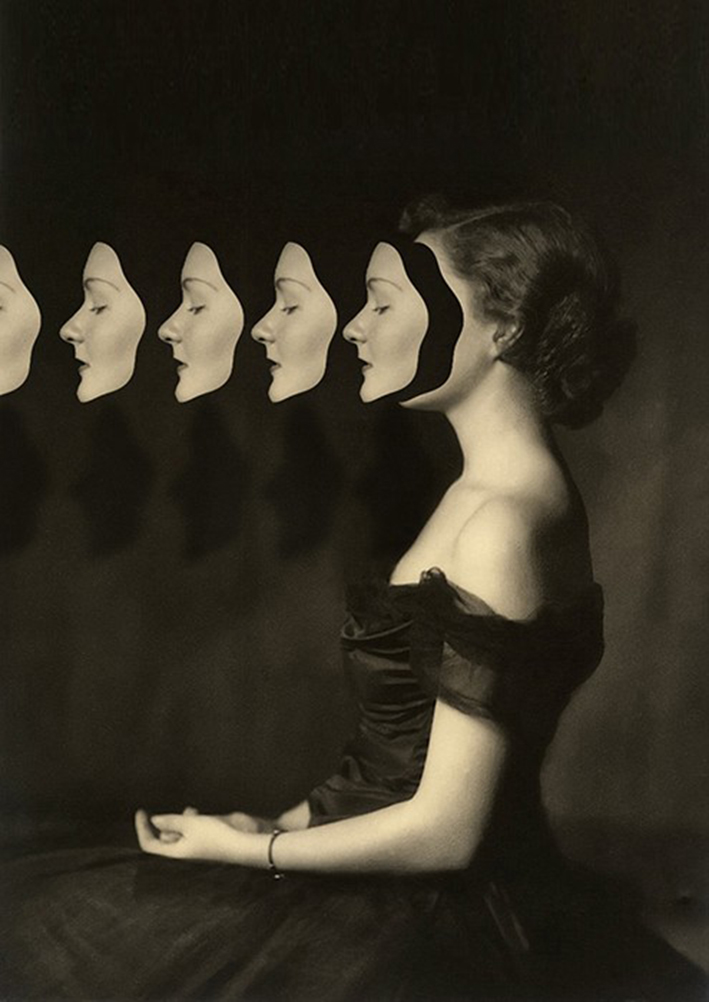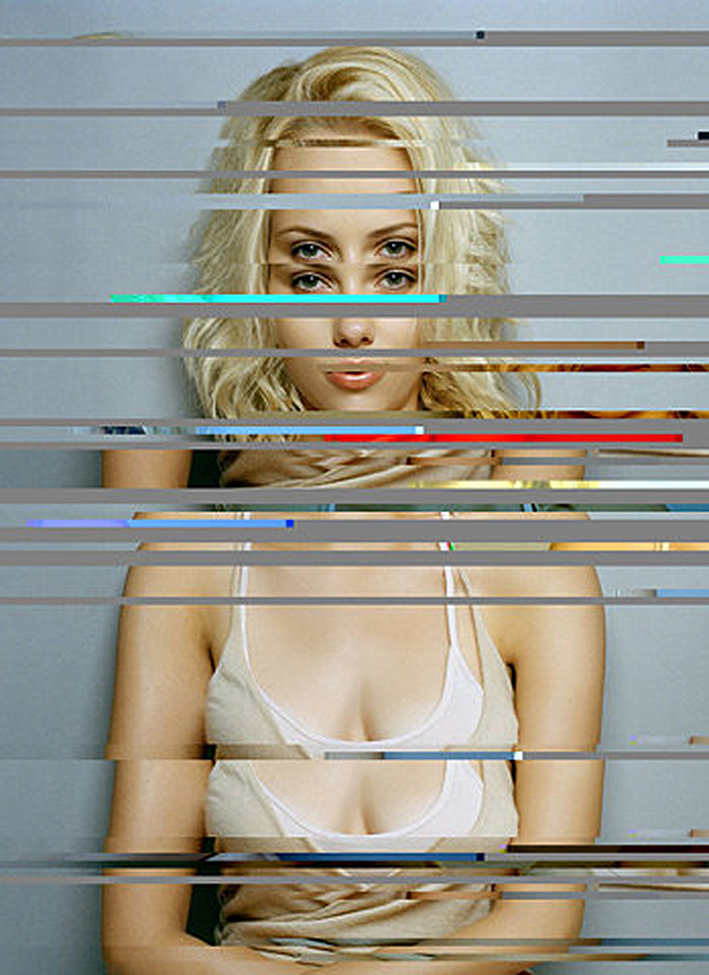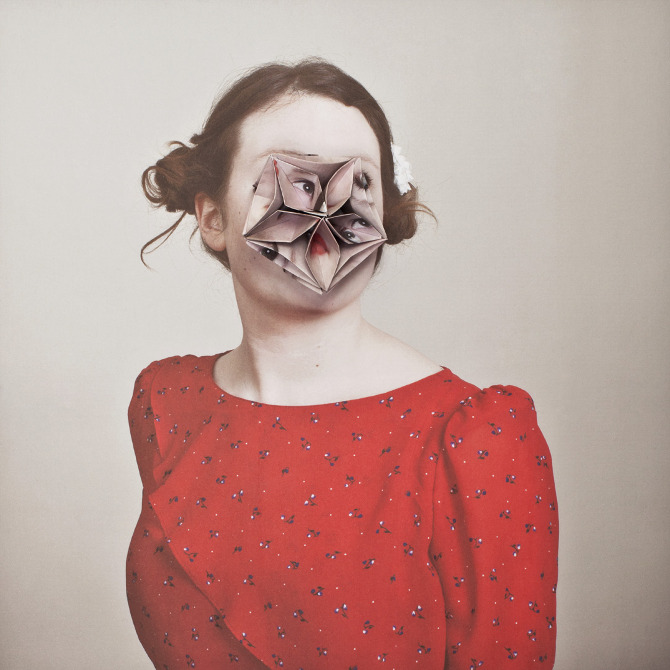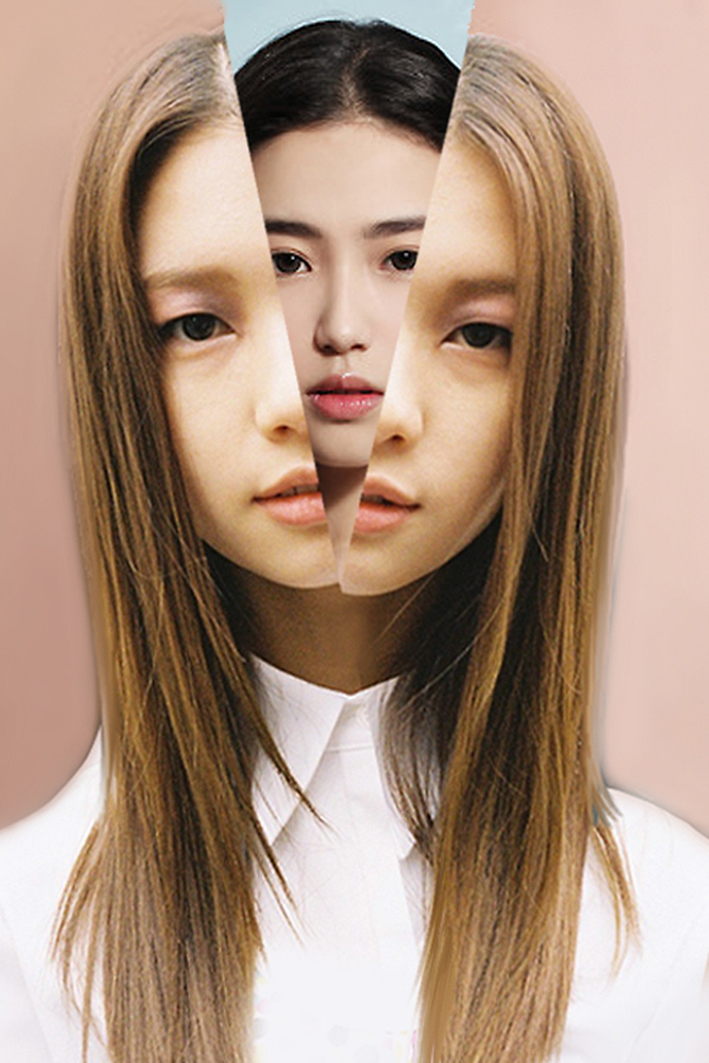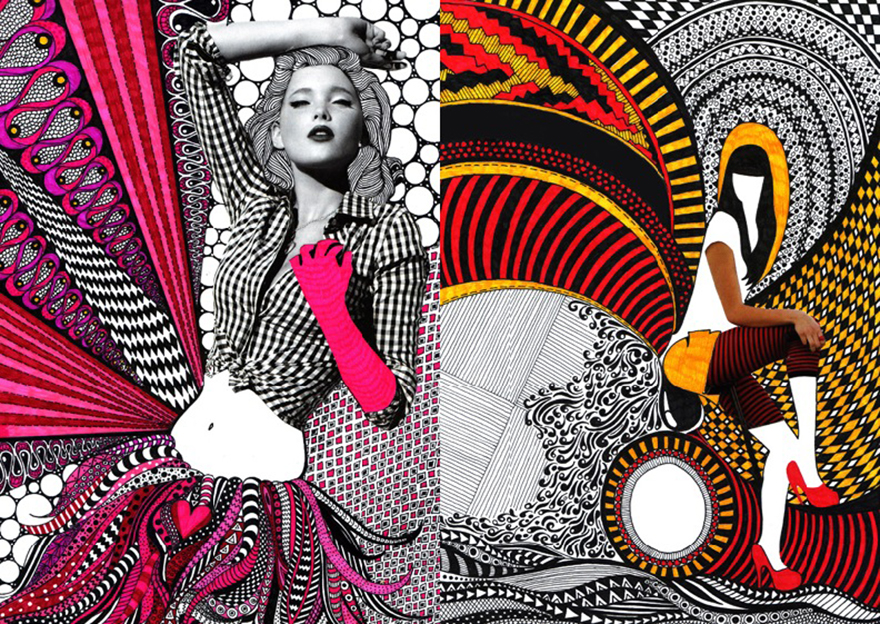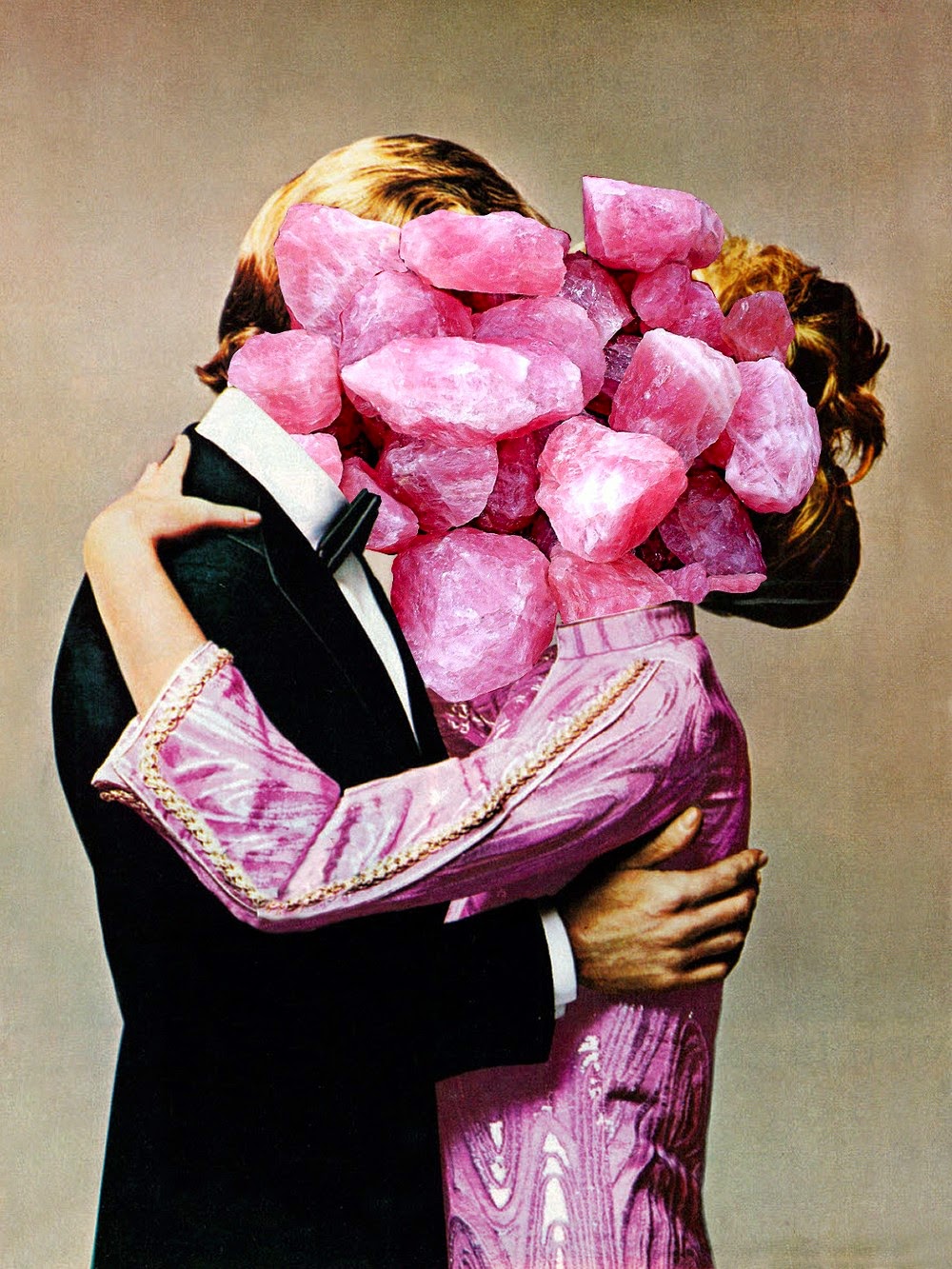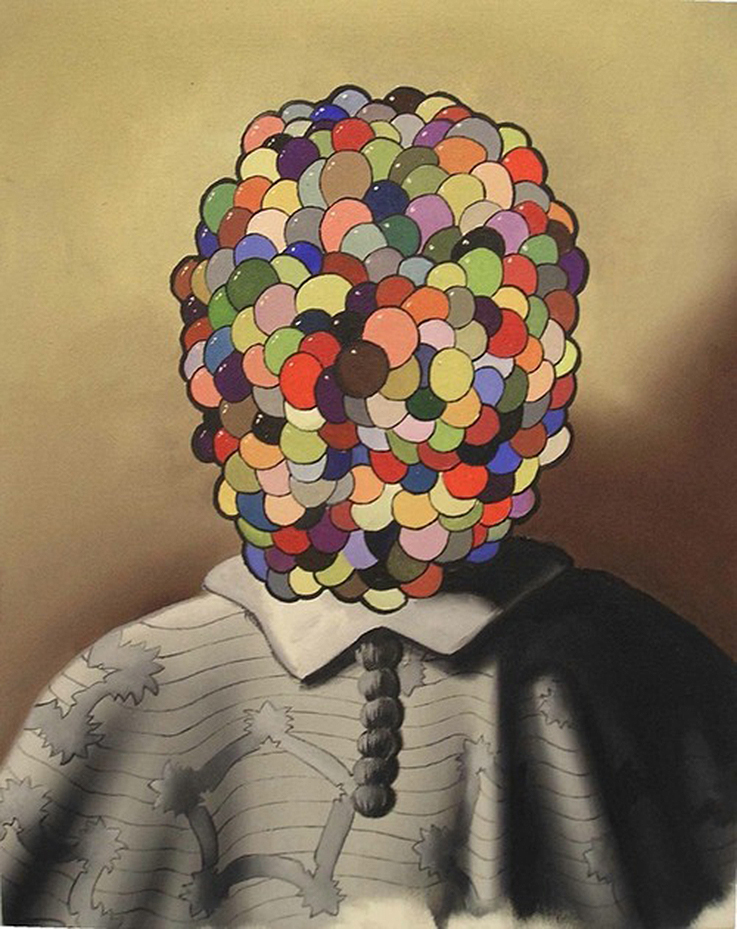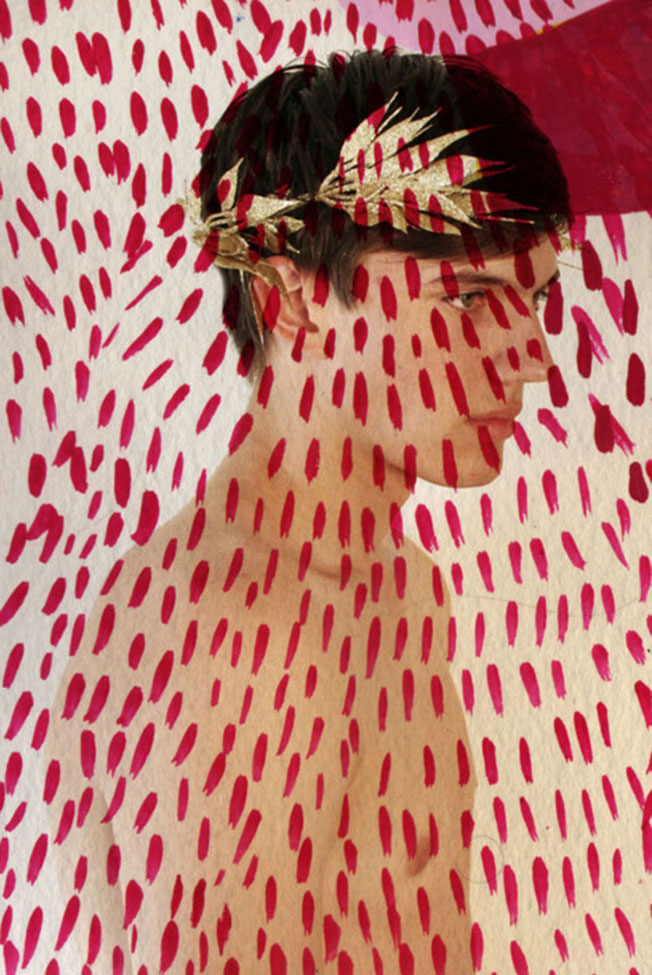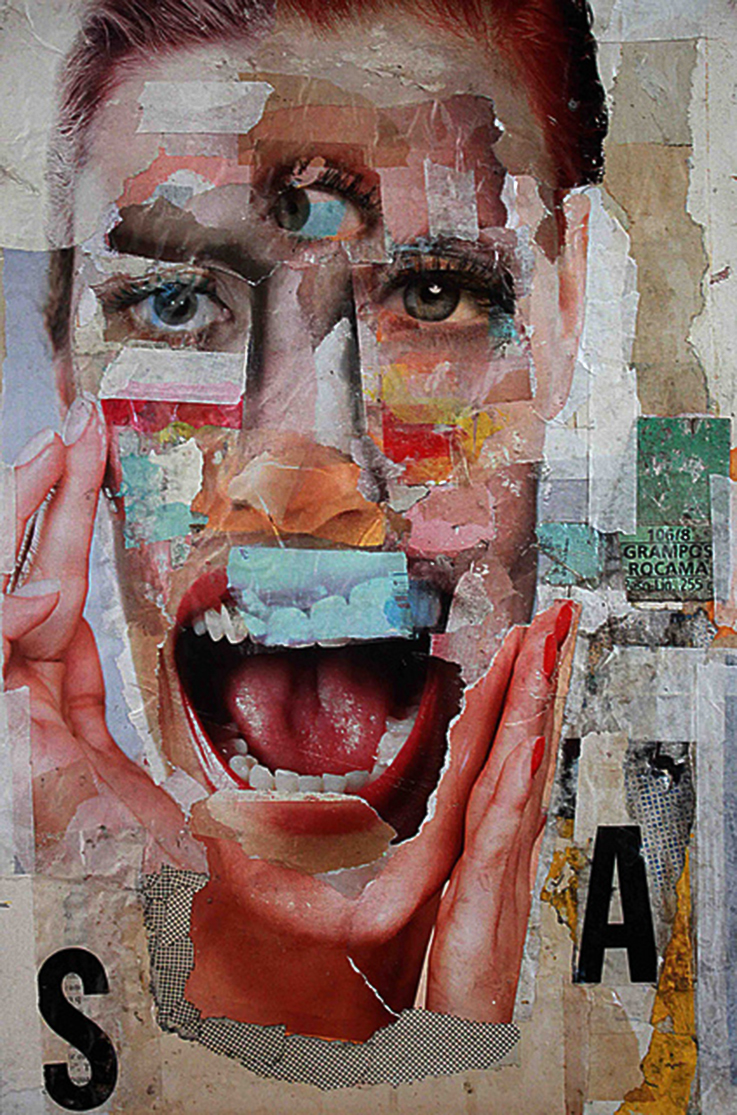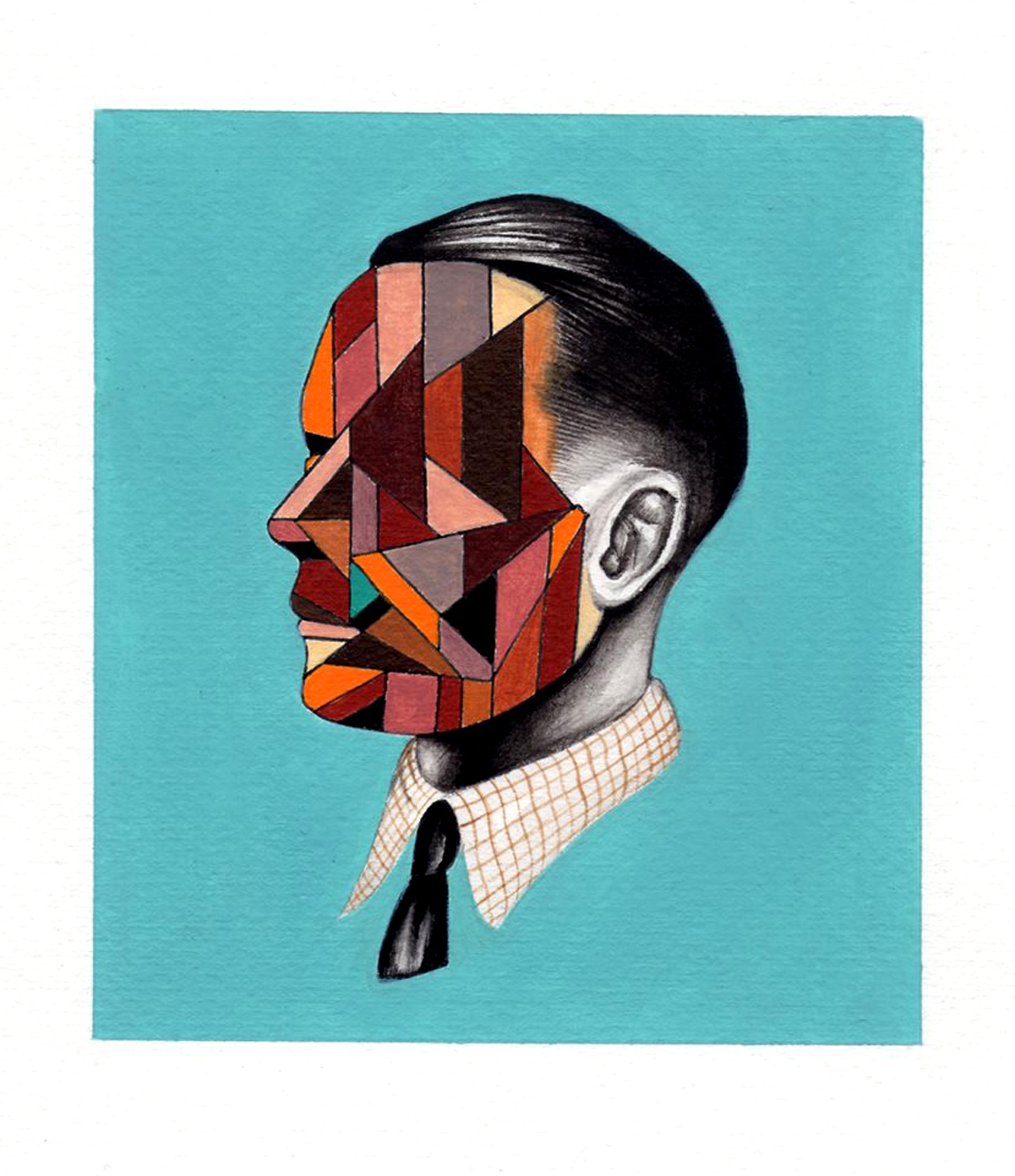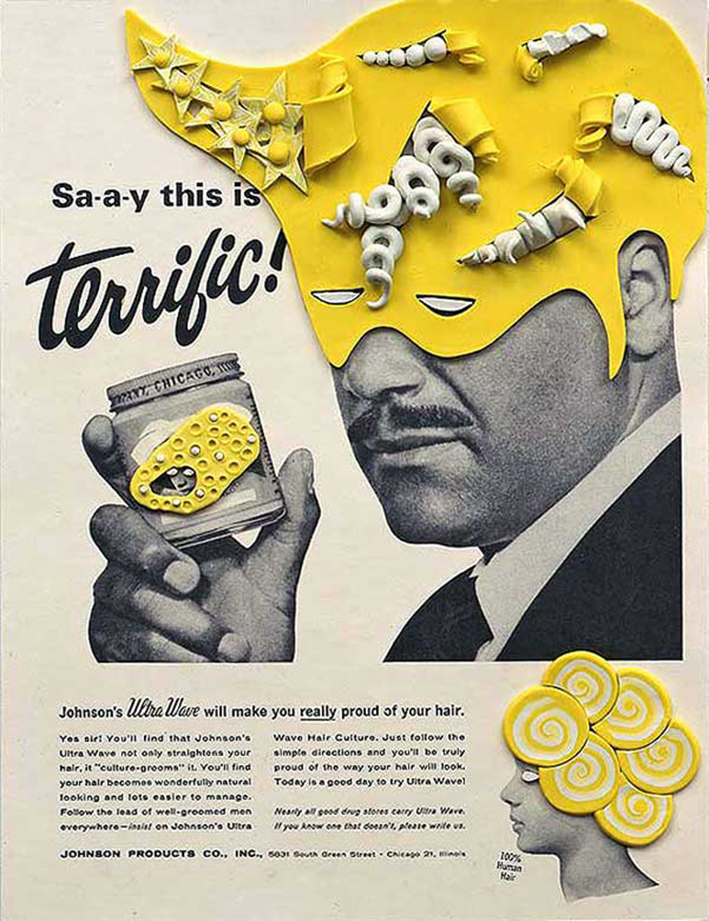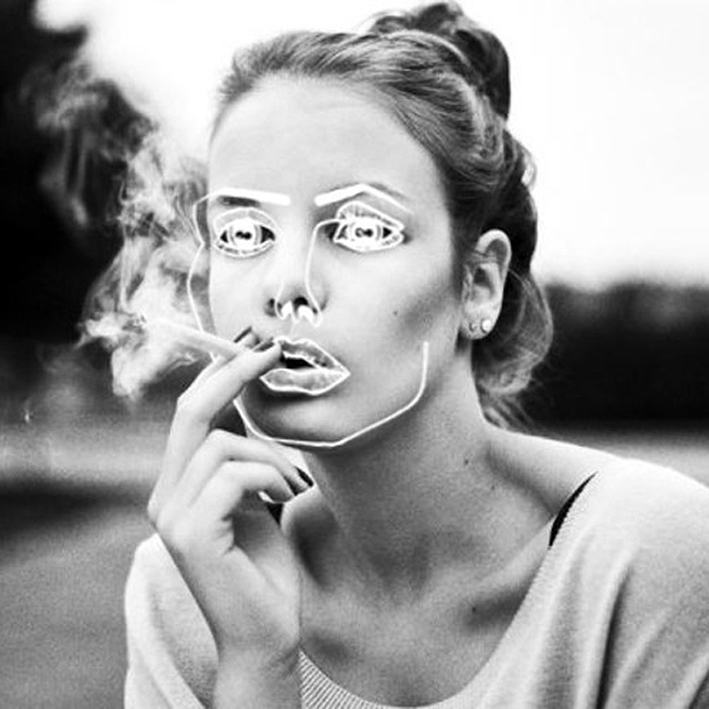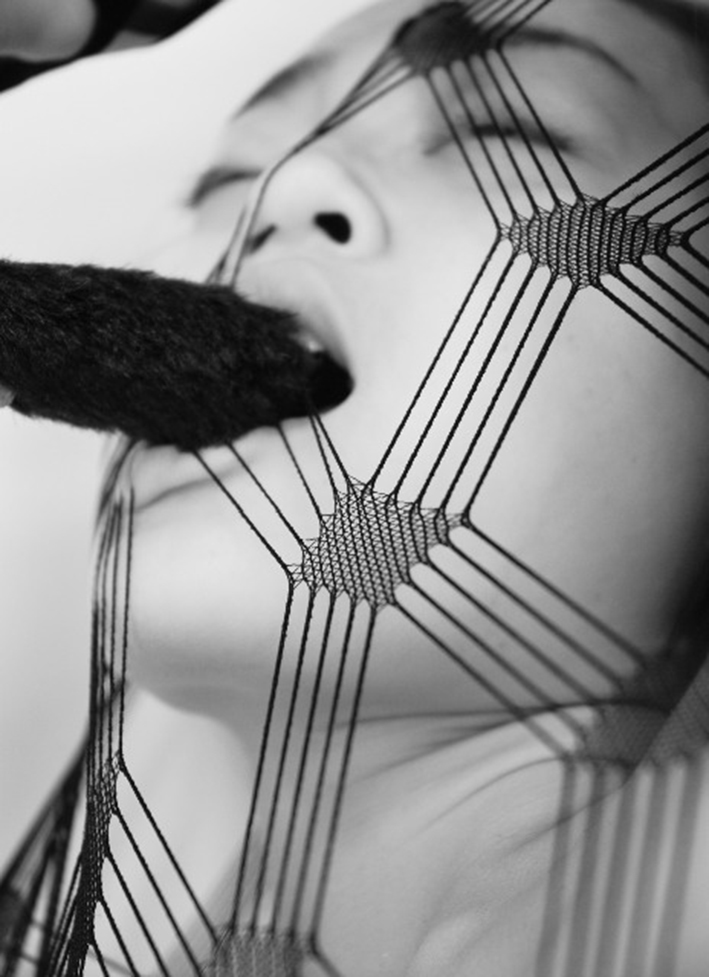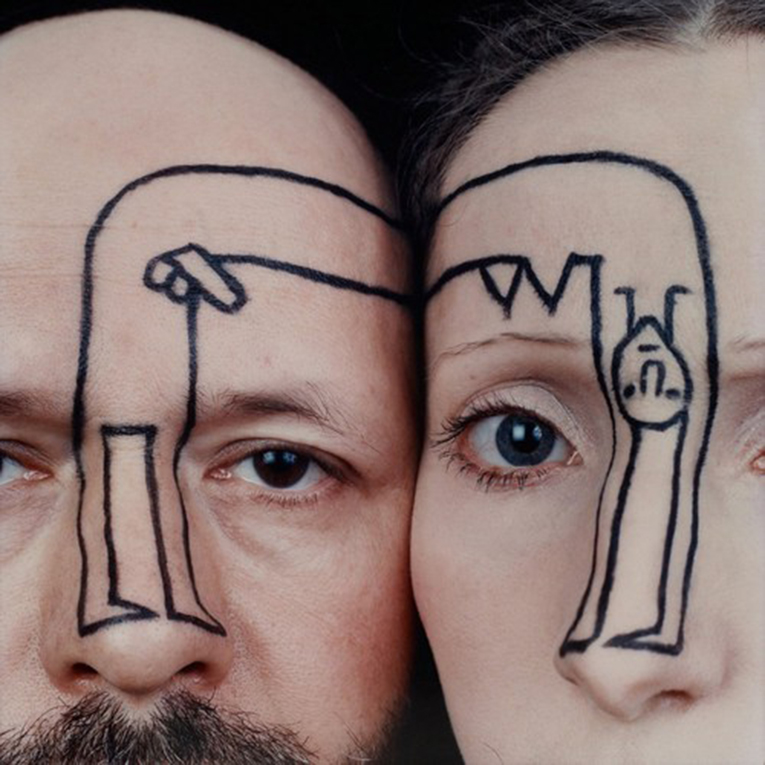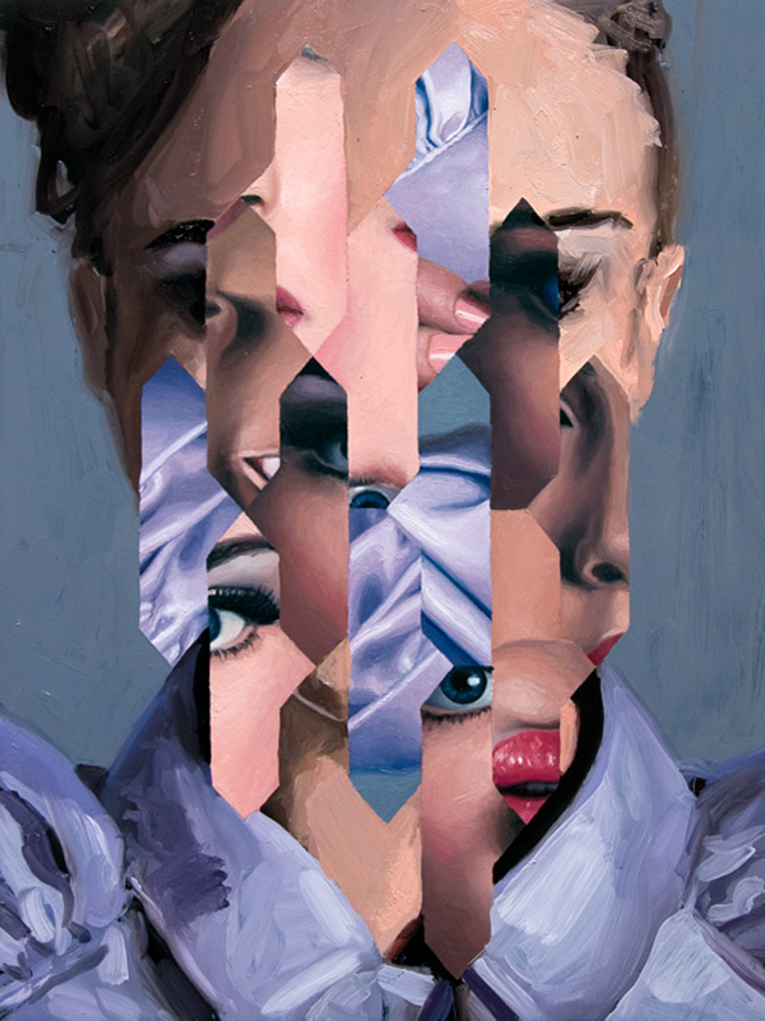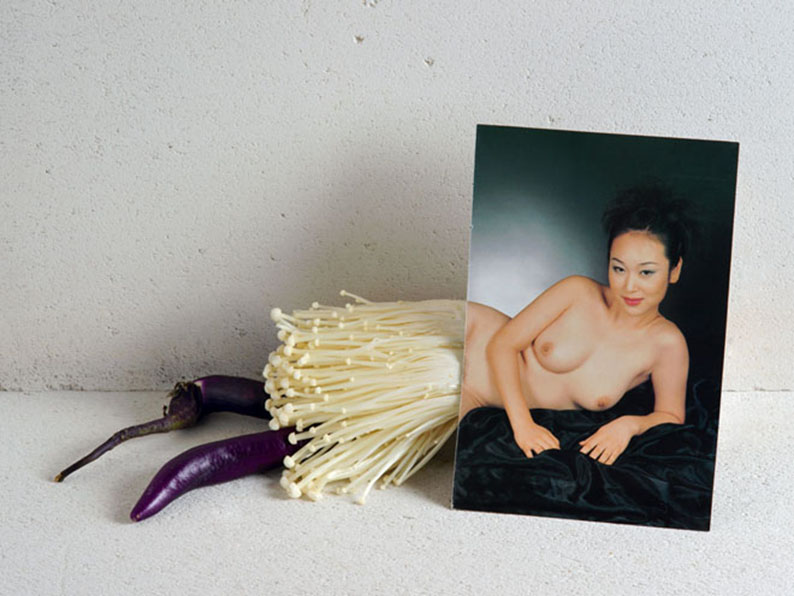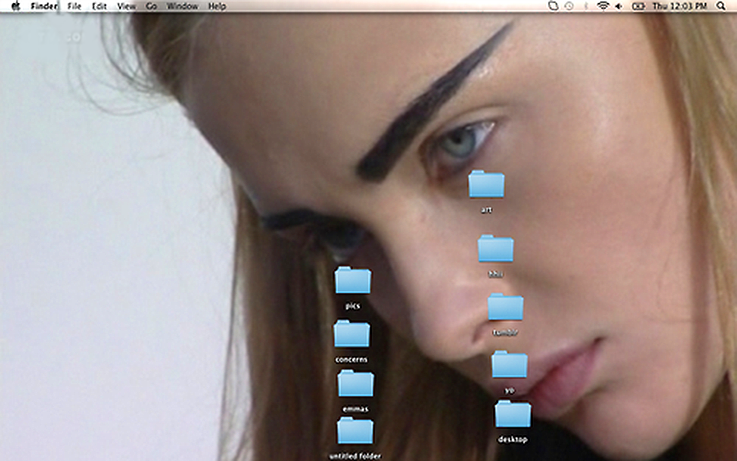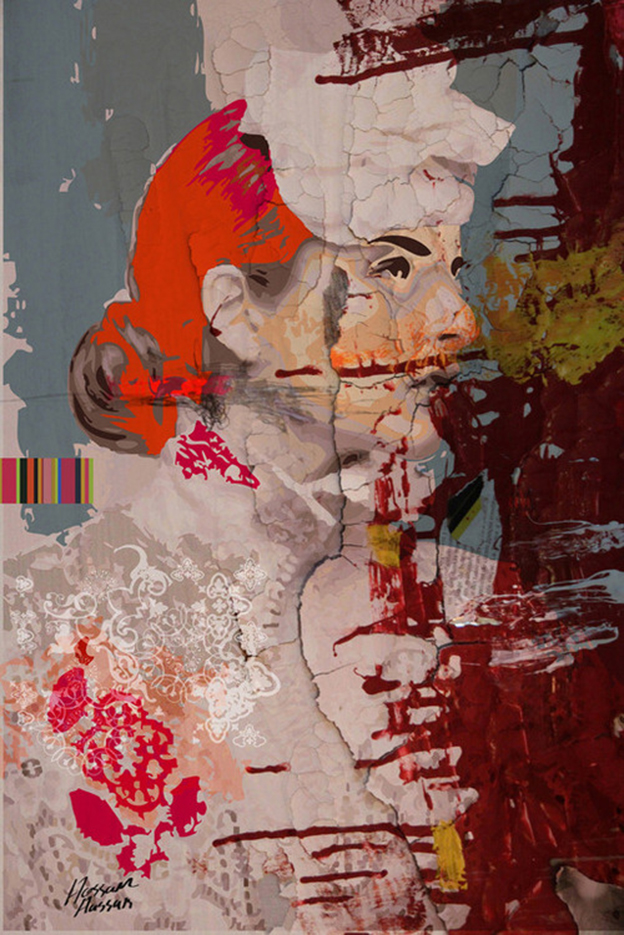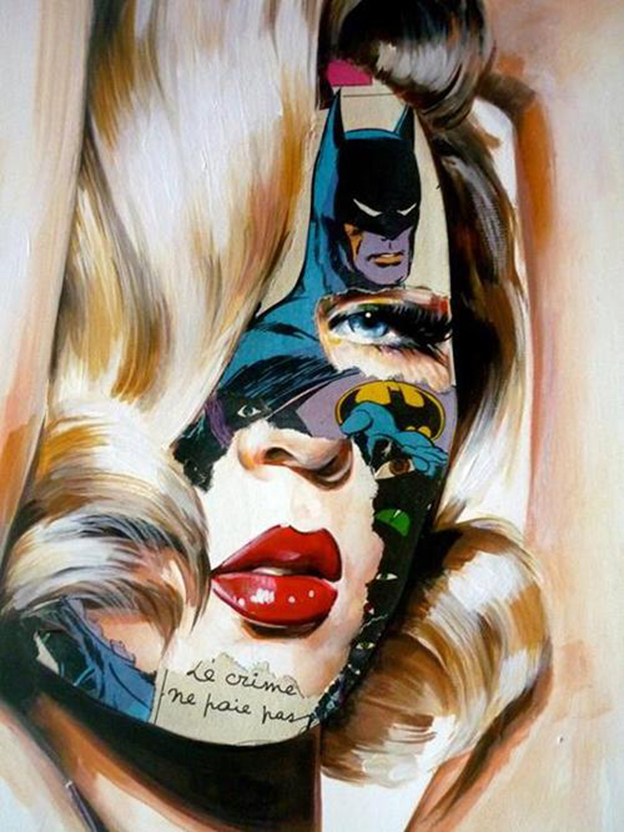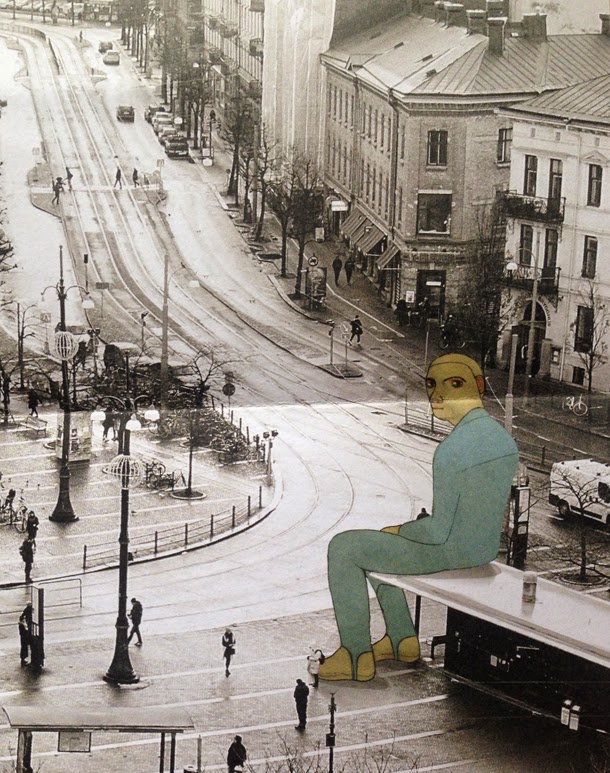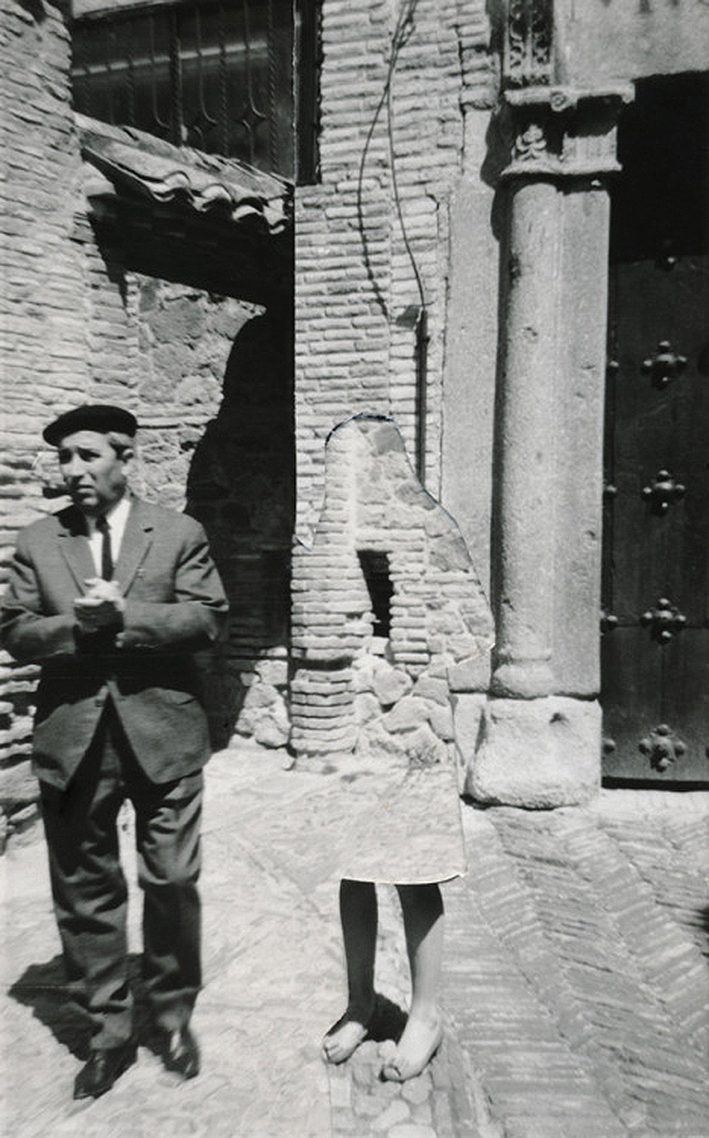THE BROKEN PICTURE
Brandpowder already published a few essays on the broken picture : you can see them on Paper Surgery and Photography Photographed, for instance. This time we wanted to explore the topic from a new angle, exploring image manipulation from different sources. The new Millennium witnessed a passage from the culture of pictures to the cult of pics. The new approach is complex and superficial at the same time. It works on a multi-faceted perception where the eyes feast on a visual fast-food. In such process we can’t digest what we see. We just swallow photons. The verb that most commonly describes our encyclopedic thirst is “browsing”. We keep searching for the unusual, the shocking, the original picture. We are addicted to the New and Strange. And if we bump into something we have already seen, we immediately label it as déjà vu. We miss the opportunity and romance of going back to watch an image again and again, dating with a former experience. It helps us compare two or more aesthetic moments in time, it creates several references which mirror each others in a diamond-like reflection of impressions. It makes us richer, and comforted by a deeper understanding. The act of paying homage to, let’s say, a painting we already saw, is like meeting with an old friend, with somebody we can’t stop loving. It’s a pleasure that goes beyond the artistic involvement.
But our world spins too fast to leave space for contemplation. Technology is a dynamo producing sparks of heated time-particles, brought forward by its own acceleration. The digital environment, after all, is not comfortable with the notion of the Past. It’s an ouroboros transcending time and traditions, promoting the illusion of an endless production of images. Incredible and beautiful images. But beauty requires culture, time, effort, sometimes sufferance, beside an anti-modern state of mind. Beautiful images are less common than we think. And very few people are makers of beauty. We live in the era of the broken picture. We are all witnessing the rise of mediocrity, the applauded lack of skills. And along with them, the iconoclastic fire of envy, always ready to burn down the unattainable excellence. We contaminate the pure, we dissacrate the holy, we lower the high, we disfigure the perfect.
As a consequence, photographers, artists and painters are encouraged to intervene into existing images, adding extra layers, dragging icons out of their original context. It’s a world of broken pictures, where shattered content is served on a cold dish. The final outcome is under everybody’s eyes: the Contemporary Art World, where lukewarm champagne in plastic glasses is poured to people who participate into the Big Lie in a state of dumb stupor.
